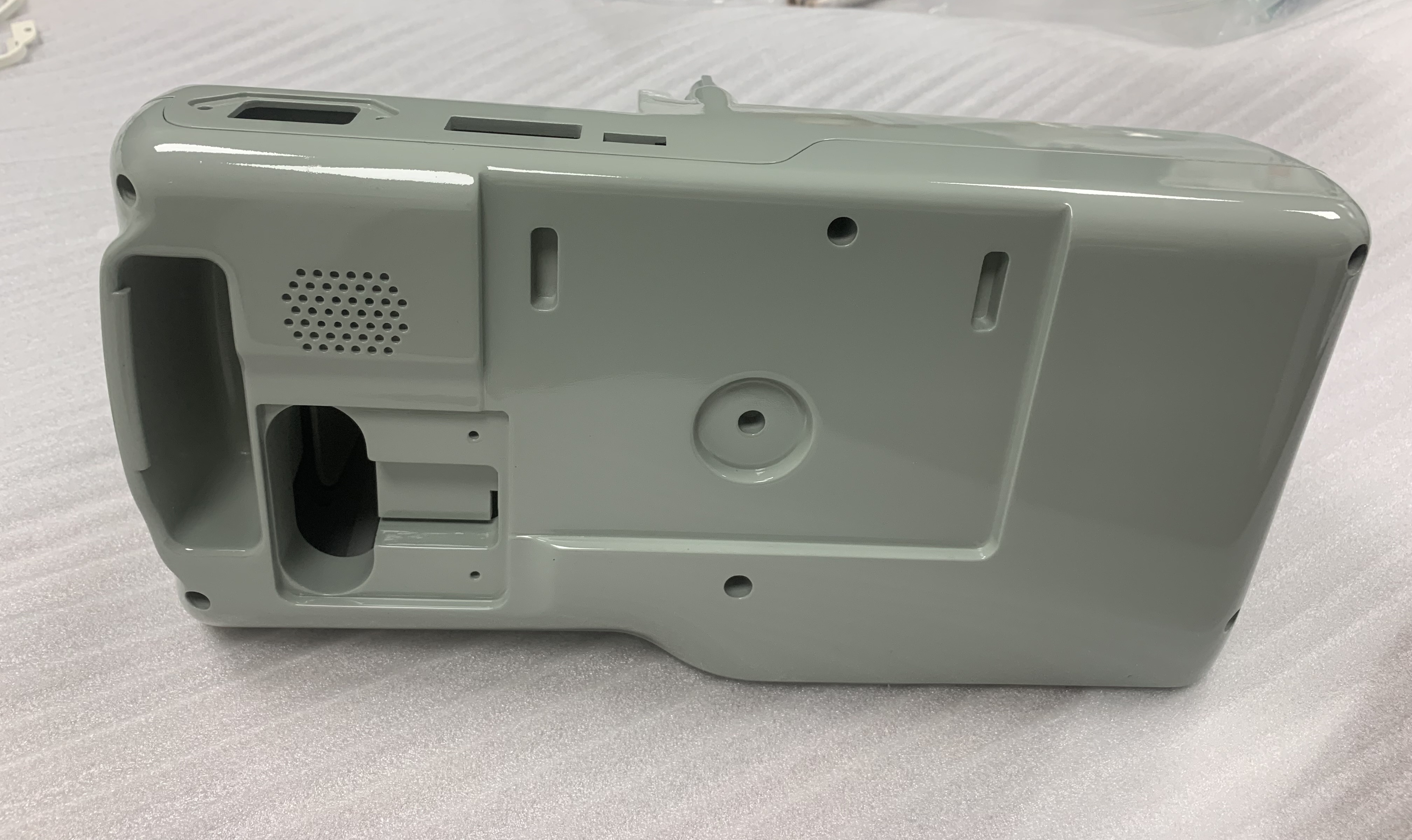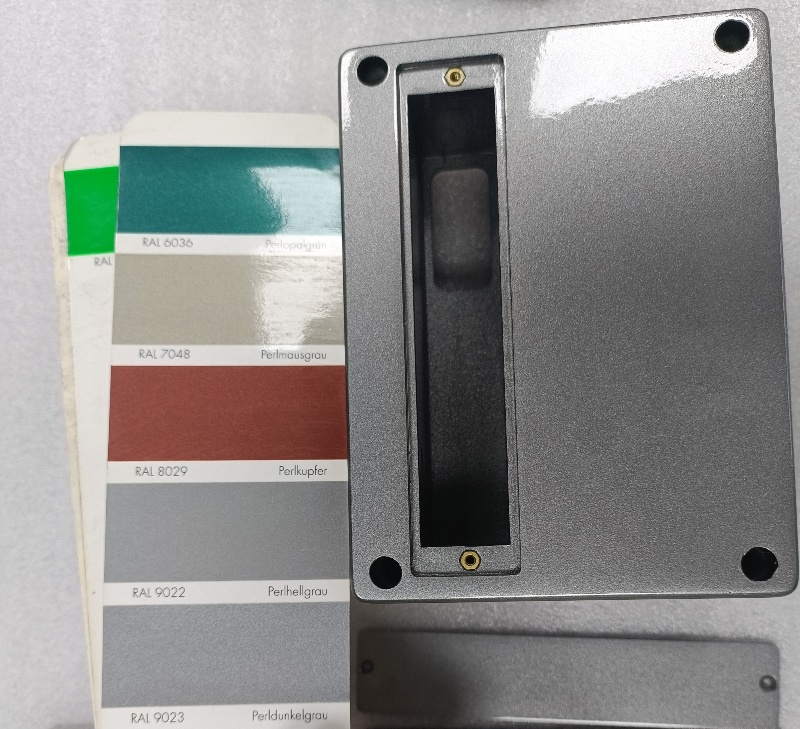When it comes to medical equipment, cleanliness, safety, is critical. All medical devices, whether disposable, implantable or reusable, must be cleaned during the manufacturing process to remove oil, grease, fingerprints and other manufacturing contaminants. Reusable products must also be thoroughly cleaned and disinfected between uses to avoid infecting patients or causing illness. Want to make and achieving the appropriate level of cleanliness does not happen automatically. Today we will talk about medical devices from health, safety, and cleanliness.

1.Easy to clean
AS the medical product,which usually need to touch some pollutants or other things, such as:Alcohol, acid, reagent, virus, bacteria and liquid, etc. If you are using a non-disposable product, that's mean after you use, medical staffs will clean these devices and disinfect. But the time of medical staffs often has limited, and the use of equipment is sometimes very urgent. So when we design the medical devices, easy to clean is a necessary character, and if it is a shell or other shell with seams, it is necessary to ensure that it fits 100% during assembly, or it has waterproof function. Otherwise, it is easy to damage the instrument during cleaning.
2.Easy on the hands
In clinical environments, it is difficult to find medical device shells with very rough surfaces or sharp angles, because this may pose certain risks, such as injuring medical staff. At the same time, it may be difficult to find medical device shells with very smooth surfaces, because this may cause medical staff to have a poor grasp and eventually cause the product to fall off. The effective solution is to spray fine sand on the handle or use overmolding process to provide users, that is, medical staff, with better tactile feedback. You can learn more about overmolding in our lamination guide.
3.Friendly to eyes
The shell of medical products is usually painted with matte finish, which is a very important factor, but it is often overlooked by manufacturers or designers. Hospitals are one of the places with the most abundant light. If glossy paint is used, it is easy to make medical staff dizzy, especially under high pressure, which may cause medical staff to lose focus on the operation. Therefore, products used in such environments should be sandblasted, etched or other surface treatments to be more eye-friendly.

4.Simplicity
Currently, more and more ordinary people choose to use medical products at home. In order to help these non-professionals use medical devices correctly and reduce errors as much as possible, the shells of these products need to be designed to make it as easy as possible for people to understand their functions and uses. Another good idea is to enlarge the buttons on the shell, or design them into products with single functions. If there are key functions, they need to be designed to be easy to find quickly to help users use them in emergency situations.
5.Colorful
Patterns can be powerful messengers, alerting users to danger even without outsiders or instructions. Proper use of pad printing can greatly improve the safety of users using products, while reducing the danger of products and increasing their service life. In front of some special groups (such as children), cute patterns can also reduce their resistance to products. If you want to learn more about pad printing, you can refer to our pad printing guide.
6.Summary
This article mainly introduces how to produce a medical technology product from the aspects of safety, convenience, and color, pattern of medical products. If you have other questions, please feel free to contact us. Our professional technicians will provide you with the necessary help free of charge.
Post time: Jun-03-2024
